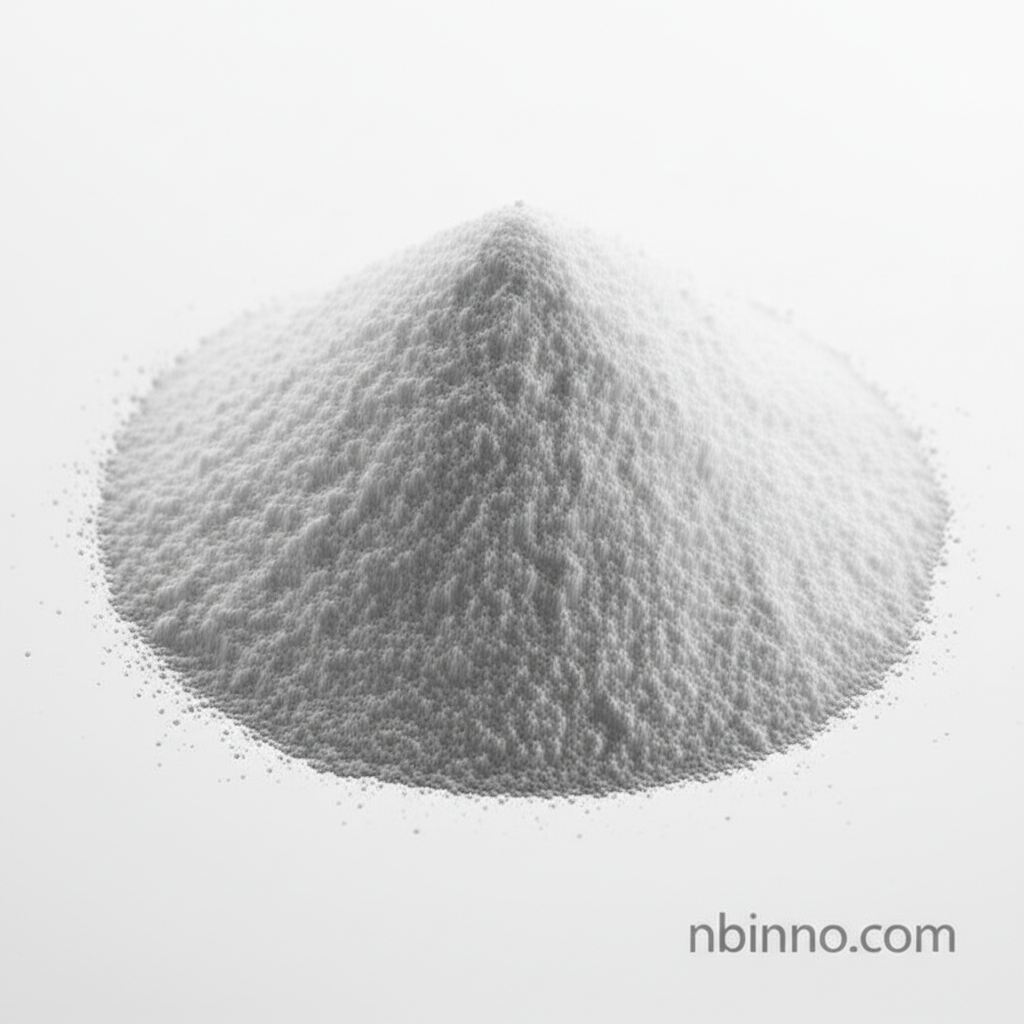Poly(L-lactic acid) CAS 26811-96-1: Properties, Applications, and Benefits
Discover the versatility of Poly(L-lactic acid) for medical, packaging, and textile innovations.
Get a Quote & SampleProduct Core Value

Poly(L-lactic acid)
Poly(L-lactic acid) is a highly versatile biodegradable thermoplastic polymer derived from renewable resources. Its excellent biocompatibility and absorbability make it ideal for a wide range of medical applications.
- Explore the core value of Poly(L-lactic acid) for innovative medical device development.
- Understand the benefits of using biodegradable thermoplastic polymers in advanced applications.
- Learn about PLLA's role in creating effective tissue engineering scaffolds.
- Investigate how PLLA offers sustainable solutions for packaging and textile industries.
Key Advantages of Poly(L-lactic acid)
Biocompatibility and Biodegradability
The inherent biocompatibility and biodegradability of Poly(L-lactic acid) are crucial for its use in medical applications, ensuring minimal adverse reactions and allowing for natural absorption.
Versatile Application Range
From advanced biomedical devices like surgical sutures and implants to sustainable packaging and performance textiles, Poly(L-lactic acid) offers a broad spectrum of uses.
Excellent Material Properties
PLLA exhibits impressive mechanical strength, thermal stability, and processability, making it a reliable choice for demanding applications.
Key Applications
Medical Devices
Utilize Poly(L-lactic acid) for resorbable surgical sutures, implants, and scaffolds, leveraging its biocompatibility for patient safety and healing.
Sustainable Packaging
Choose Poly(L-lactic acid) as a renewable alternative for biodegradable plastics and compostable films, supporting eco-friendly packaging solutions.
Textiles and Fibers
Incorporate PLLA into the production of biodegradable nonwoven fabrics and performance textiles, enhancing sustainability in the fashion and industrial sectors.
Composite Materials
Enhance mechanical properties in fiber-reinforced biocomposites using Poly(L-lactic acid) for various industrial applications.
